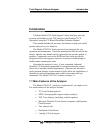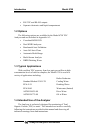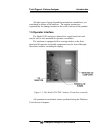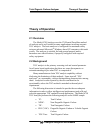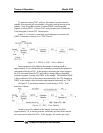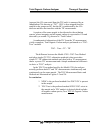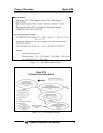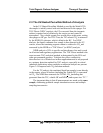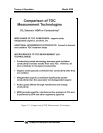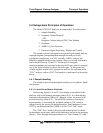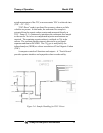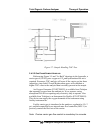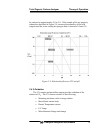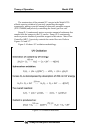
Total Organic Carbon Analyzer Theory of Operation
Teledyne Analytical Instruments 9
2.3 The UV/Heated Persulfate Method of Analysis
In the UV/Heated Persulfate Method as used by the Model 6750,
the sample is initially mixed with acid and directed to the sparger. For
TOC-Direct (NPOC) analysis, the CO
2
converted from the inorganic
carbon is sparged out of solution by the carrier gas and vented to
atmosphere. Any volatile organic loss would occur at this point, exiting
the sparger as HC gas. For TOC-True, the TIC-related CO
2
is measured
by the NDIR CO
2
detector, which is blind to the HC. For NPOC
analysis, the liquid, carbonate-free sample is then directed to the UV
reactor, where the remaining organic carbon is oxidized to CO
2
and
measured by the NDIR as a "TOC-Direct" (or NPOC) analysis.
NDIR analysis of CO
2
is specific and interference-free and is used
in all critical and regulatory applications. The TOC-Direct method is the
most accurate TOC analytical method, as determined by the EPA and
other governmental agencies. Teledyne also offers conductivity
detection but it is of limited use in these applications and is not proposed
as a primary detection method for TOC analysis, especially in critical
industrial applications where multiple or unknown analytes are present.
Figure 2-5 compares both CO
2
detection methods.
For the TC analysis, the combined liquid/gas sample is sent directly
to the reactor, where all carbon (including the volatile HC) is converted
to CO
2
. The NDIR thus measures the TOTAL CO
2
(including that
generated from the TIC, volatile HC and NPOC) and reports it as "TC."
The important thing is that all measurements are made on the same
sample, eliminating potential sample introduction errors and multiple
sampling inaccuracies.



